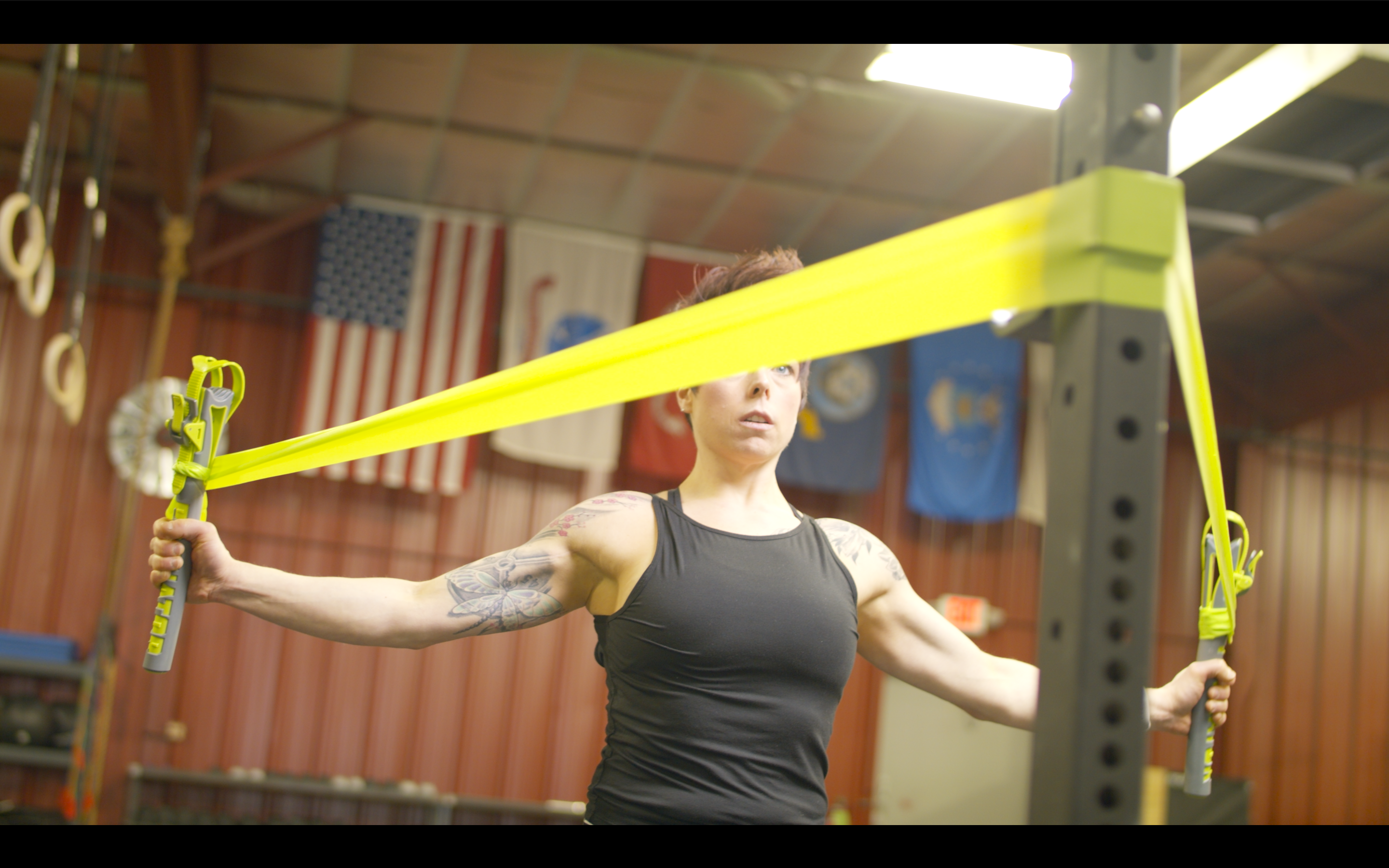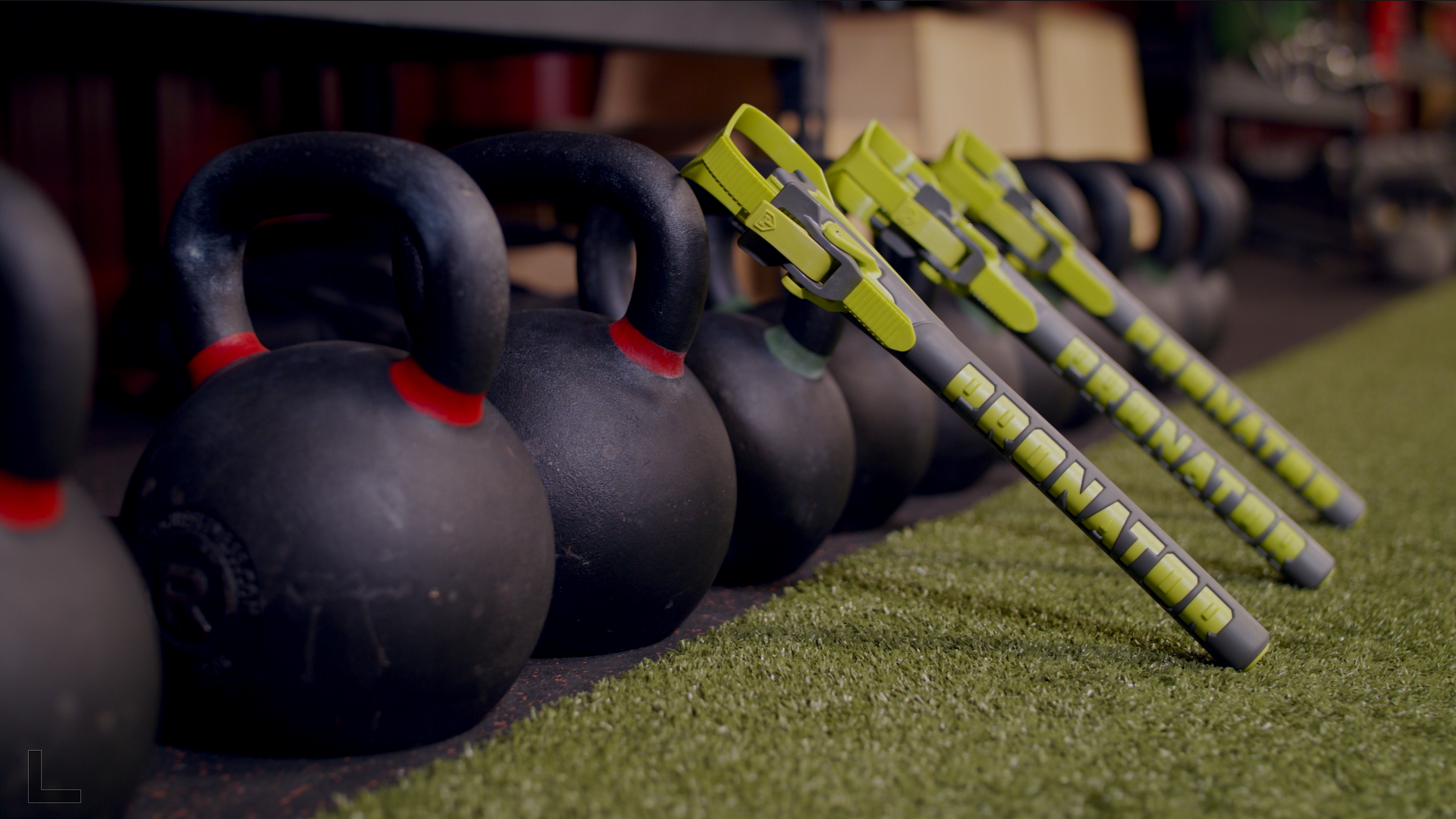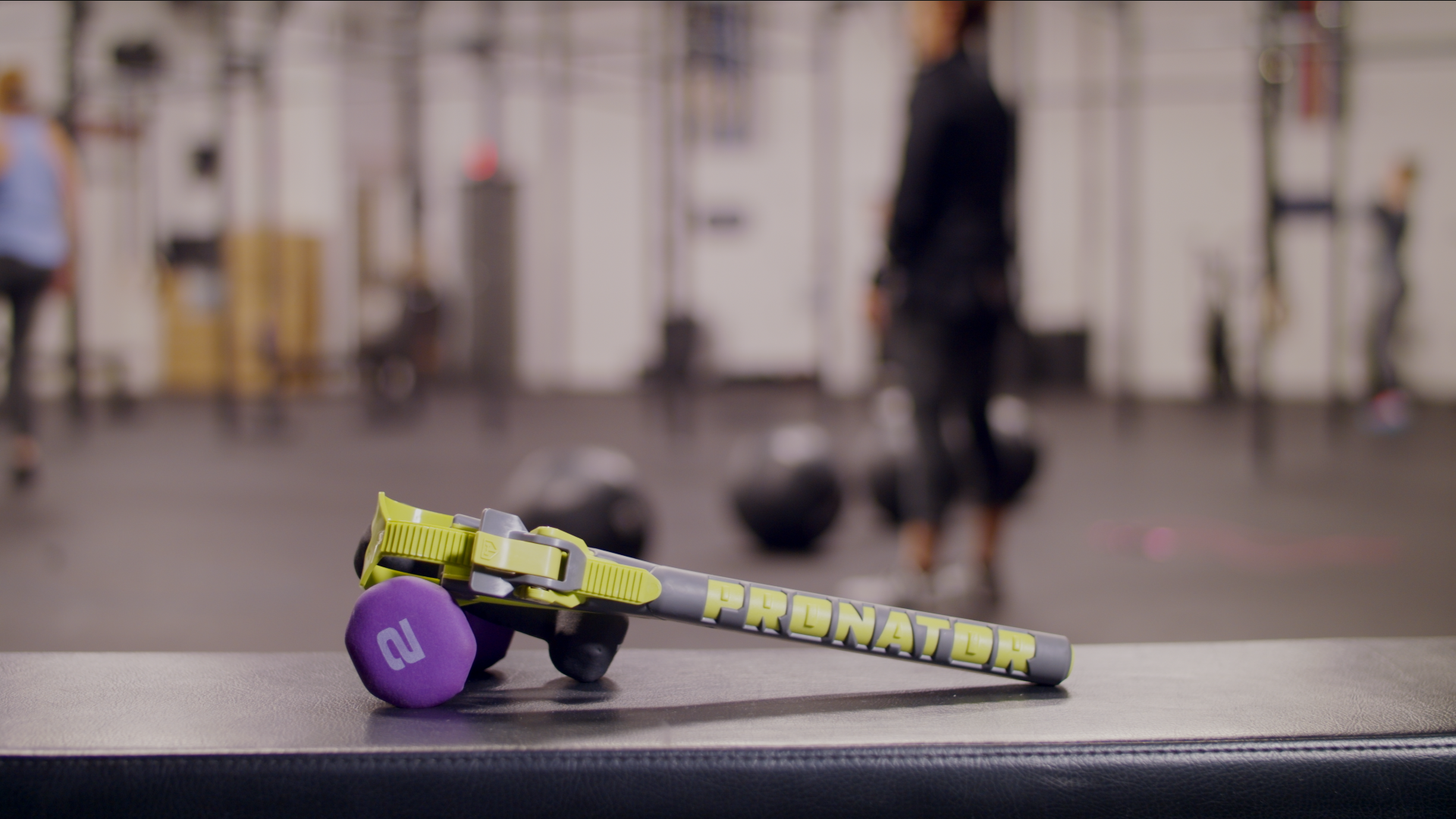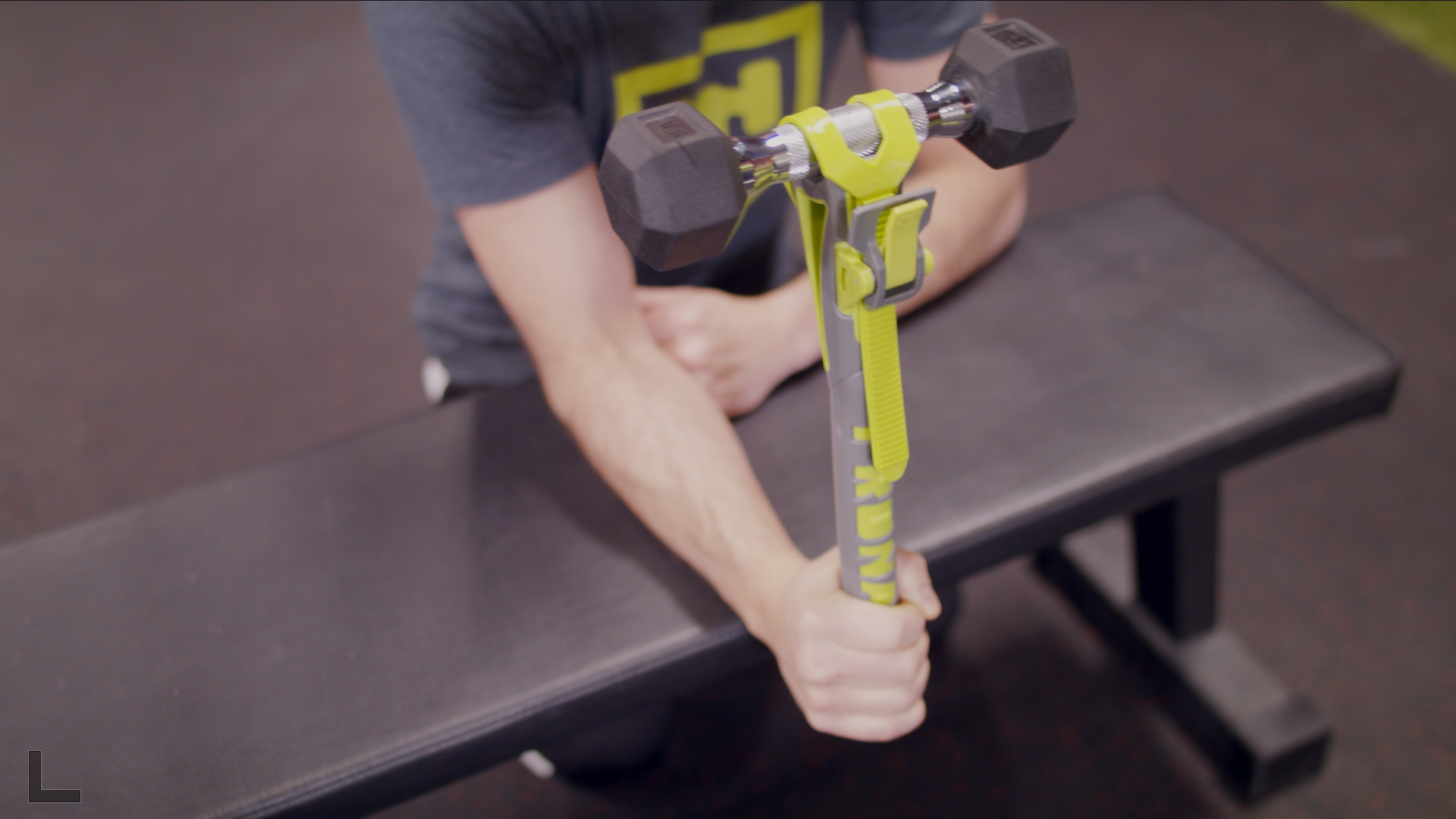 October 14, 2023
October 14, 2023
TENNIS ELBOW RECOVERY AND EQUIPMENT
Tennis elbow is a common condition that affects many athletes who participate in sports that involve repetitive arm movements, such as tennis, golf, and baseball. The condition is commonly caused by repetitive stress to the tendons that attach to the lateral epicondyle, which is a bony protrusion on the outer part of the elbow. The condition is characterized by pain, stiffness, and weakness in the affected arm.
Tennis elbow can be a frustrating condition to deal with, particularly for athletes who rely on their arms for their livelihood. However, with proper treatment and care, most people can recover from tennis elbow and return to their regular activities.
The first step in recovering from tennis elbow is to rest the affected arm. This means avoiding activities that cause pain and using the arm as little as possible. This can be difficult for athletes who are used to being active, but it is essential for allowing the damaged tendons to heal.
Why is this so important? Tendonitis is cause by tendon overuse and overload. Our body’s are designed to inform us when something is wrong. They do this by pain signals. Every time you have pain in your elbow, you have caused a mirco-trauma or irritated your injury. The injury will not heal if you continue to irritate your elbow. Do your elbow a favor and stop injuring it.
In addition to rest, ice and compression can also be helpful in reducing pain and inflammation. Applying ice to the affected area for 15-20 minutes at a time, several times a day, can help reduce swelling and pain. Compression, such as a compression sleeve or bandage, can also help reduce swelling and provide support to the affected arm. Another option is rub an ice cube over the painful area of your arm for 5 minutes. This “ice massage” can be the most effective way to ice your tennis elbow. The ice provides cooling and the massage promotes healing.
Ice Cup Massage:
Another important step is to gently stretch the muscle and tendon. To do this stretch for tennis elbow straighten your arm with your palm up. Then, with your opposite hand pull your hand down. To increase the stretch, slightly turn your wrist in.

As the arm begins to heal, it is important to gradually increase the intensity and frequency of exercise. This should be done under the guidance of a physical therapist or other medical professionals, who can help ensure that the exercises are appropriate and safe.
In addition to exercise, other treatments may also be helpful in recovering from tennis elbow. These may include:
- Nonsteroidal anti-inflammatory drugs (NSAIDs): These medications can help reduce pain and inflammation.
- Corticosteroid injections: In some cases, a corticosteroid injection may be recommended to help reduce inflammation and pain.
- Platelet-rich plasma (PRP) therapy: This treatment involves injecting a concentrated dose of the patient’s own blood plasma into the affected area. The plasma contains growth factors that can help stimulate the body’s natural healing processes.
- Blood Flow Restriction Therapy: This treatment increases muscle grow in your arm and can help strength your muscle faster leading to a reduced recovery.
In addition to these treatments, there are also steps that athletes can take to prevent tennis elbow from occurring or recurring. These may include:
- Using proper technique: Athletes should be sure to use proper technique when performing any activity that involves repetitive arm movements. This can help reduce the risk of injury.
- Using appropriate equipment: Athletes should be sure to use equipment that is appropriate for their level of skill and activity. This may include using a tennis racket with the appropriate grip size and string tension or using golf clubs with the appropriate shaft flex and length.
- Warming up and stretching: Athletes should be sure to warm up properly before engaging in any activity and to stretch the muscles in their arms and shoulders.
- Taking breaks: Athletes should take breaks as needed during activities that involve repetitive arm movements to give their muscles and tendons a chance to rest.
- Keeping you upper extermities strong and in shape. This especially important for the shoulder rotator cuff and wrist pronation/supination muscles. The Pronator was designed to build strength in both these key muscle groups.
THE PRONATORStarts at JUST $74.95!
- 1 Year FULL WARRANTY
- Used by NCAA, NFL, NBA & MLB
- Customer Satisfaction Guarentee



